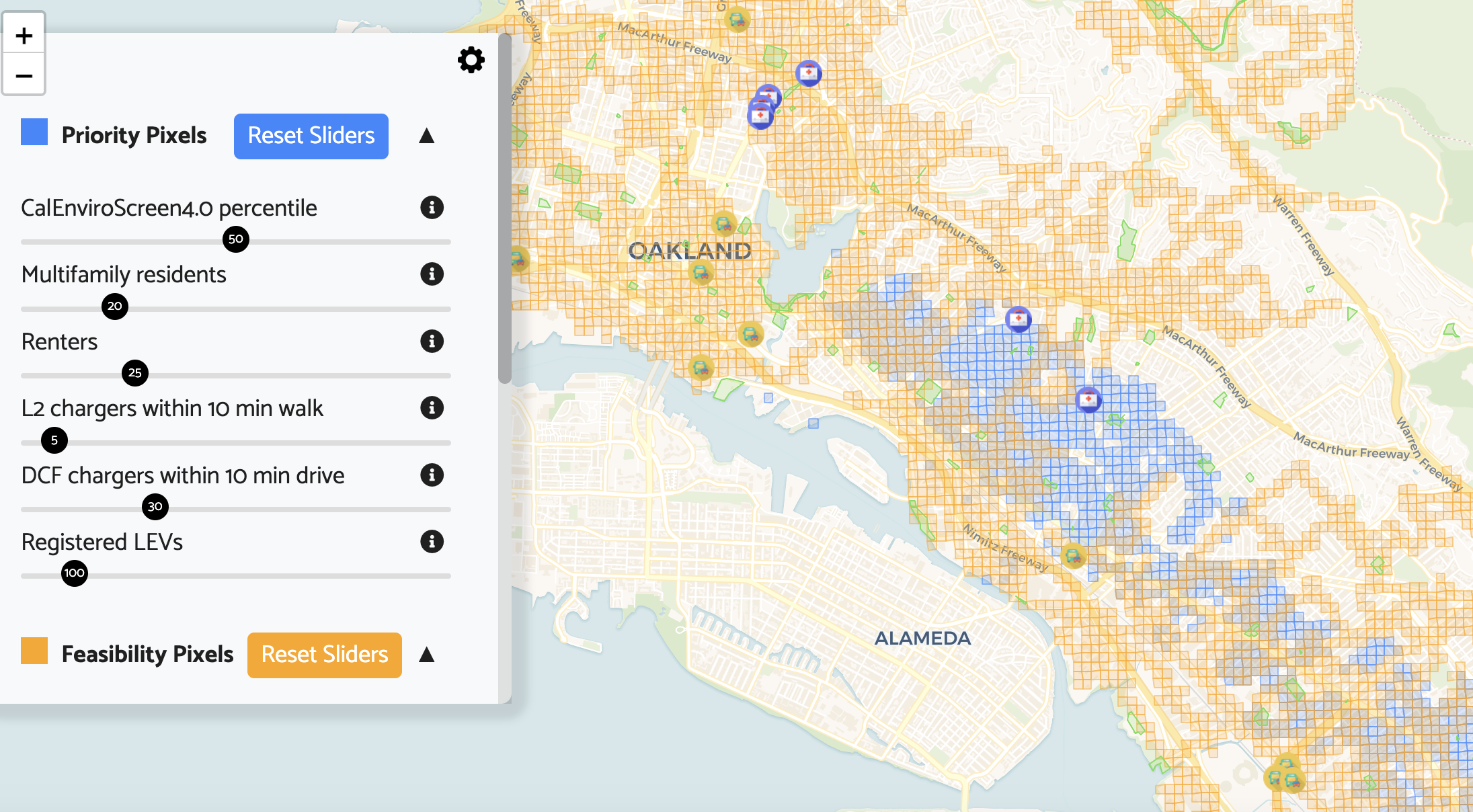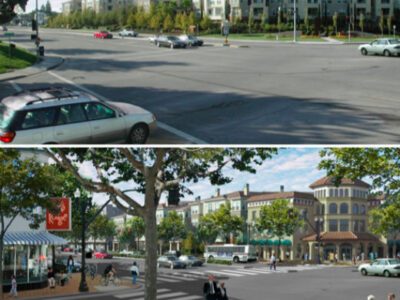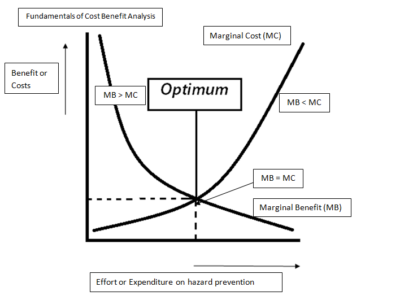A Framework for Equity and Local Leadership in the EV Transition
New tools to help local governments plan for equitable and effective investments
Eliminating fossil fuel-powered vehicles from the road is necessary to fight climate change and save thousands of lives at risk due to poor air quality. As governments and the auto industry advance the switch to electric vehicles, this rapid technology transition may disrupt traditional mobility patterns–and, without equitable planning and policy, it has the potential for negative impacts to mobility and affordability in underserved and lower-income communities.
With federal leadership on an equitable, efficient EV transition likely on the decline, local governments will take an even more crucial role in ensuring that all residents share in the benefits of the EV transition. Today, CLEE is releasing two resources to assist local governments and community stakeholders in securing these benefits–financial, environmental, and public health–over the coming decade:
Equitable EV Action Plan Framework
The Equitable EV Action Plan Framework is a comprehensive guide for local leaders seeking to craft an equity-focused plan for their jurisdiction’s EV transition, and for stakeholders who want to push those leaders to act. Reflecting input from research and stakeholder engagement that spanned diverse geographies, it includes hundreds of examples of leading EV plans and programs from across the country–charging pilots and permitting strategies, community engagement and oversight mechanisms, agency coordination structures and more–and detailed resources for how to kick off the planning process. The Framework includes materials designed for both local governments and stakeholders to get started building a coalition and crafting a plan.
The Framework was crafted in partnership with The Greenlining Institute and Forth Mobility’s Towards Equitable Electric Mobility (TEEM) multi-state collaborative of mobility equity advocates and experts. CLEE research fellows Kasia Dahlbeck, Katherine Hoff, and Malcolm Johnson co-authored the Framework with me.
EV Equity Roadmap tool
The EV Equity Roadmap tool is a free, open-access mapping platform to inform equity-oriented site selection for EV and e-mobility infrastructure investments. The tool enables local agencies, stakeholders, and developers to engage in discussions about high-priority sites for investment in policy, planning, and grant-seeking processes. It uses a novel approach to integrate locally-relevant infrastructure and equity geospatial data layers to identify sites that are both high-priority (per environmental justice indexes, existing charging access, and renter/multifamily resident density) and high-feasibility (per funding availability and electric grid capacity). The tool is currently available in a beta version for over 20 California counties with more being added on a regular basis alongside performance improvements.

The tool is a collaboration with UC Berkeley’s Energy and Resources Group and Renewable and Appropriate Energy Laboratory, both under leadership of Professor Dan Kammen. UC Berkeley graduate students Ari Ball-Burack, Meagan Leberth, Brad Rhymer, and Ankita Shanbhag designed and developed it.
What’s next
These resources are part of CLEE’s EV Equity Initiative. In 2025 we will work with project partners to facilitate action plan development at the city and county level and expand the map tool to states beyond California.
Challenges abound in this transition: lack of agency staff capacity to develop plans and win grants; complex permitting for public infrastructure and outdated building electrical systems for residential infrastructure; limited grid capacity and scarcity of data to examine it; communities already experiencing disinvestment who have been ignored or harmed by past transportation initiatives, to name a few. But with the right tools and examples from their peers, local governments and residents can work together to use the EV transition to build better mobility systems.
Reader Comments
One Reply to “A Framework for Equity and Local Leadership in the EV Transition”
Comments are closed.






“…Eliminating fossil fuel-powered vehicles from the road is necessary to fight climate change and save thousands of lives at risk due to poor air quality…”
EVs do not deliver on the promise to mitigate climate change, they have no effect on climate whatsoever. This elusive EV transition has already peaked, the market has declined under the Biden administration and will continue to get smaller under Trump.
In fact, EV’s are transitioning to a smaller niche market primarily within urban areas with suitable infrastructure.
There is no factual scientific proof that poor air quality in America is causing thousands of human deaths. Vehicle emissions have steadily improved over the last 40 years and overall air quality in America is substantially better than it was back then.
Climate change is normal and gradual so we can readily adapt. There is no scientific proof to support bogus fake claims of “climate crisis”.
Fossil fuels are a blessing from God given to humanity. The author, Ted Lamm (along with his family) probably consume fossil fuels and enjoy its benefits and convenience.
Realistically, consumption of fossil fuels will continue to grow in parallel with earth’s human population.
Thankfully human beings can reasonably and gradually adapt to various circumstances that might result from global climate change, while at the same time continuing to utilize fossil fuels in good faith on a day-to-day basis.